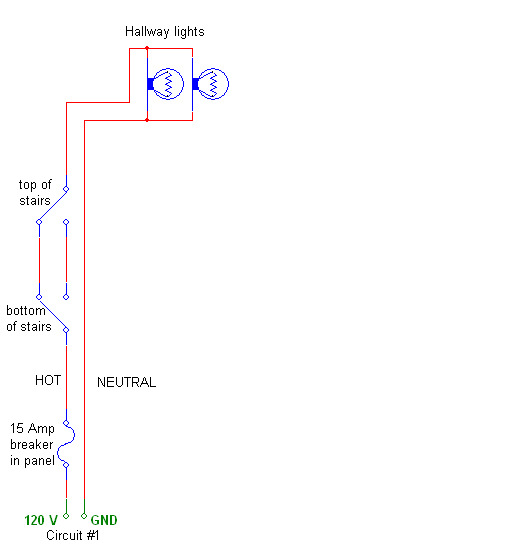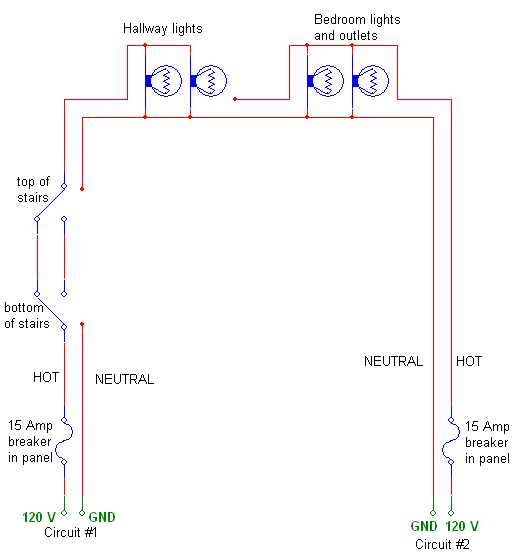Finding out I’m a physicist apparently evokes bad memories for some people I meet. “Ooh, I hated physics in high school,” they often say, or “That was my worst class in college!” Why so many negative reactions? (Do people say the same about their history classes?)
Over the years, I’ve begun to realize that at least some of the problem probably comes from how physics is taught: often in a large lecture format, with a teacher filling the board with dense equations…and a room of compliant students dutifully copying them down. Fortunately, that doesn’t describe the physics department at UR. Cheesy puns about Newton aside, the culture in our department tilts strongly away from standard chalk-n-talk lectures, and we really do try to teach our courses in a way that focuses on the student and builds real understanding. Below are some of the general principles I personally try to teach by.
Teach concepts and build intuition first, use math later. Some students are very skilled at mathematics, and for them a short mathematical description of a physics principle is all they need. Mathematics is the natural language of physics–quantitative and logically precise–and it’s an extremely powerful tool. But for many students, mathematics serves as a barrier to entry, at least initially. I always try to teach by first “getting the gist” of something across: an idea, an analogy, or just a mental picture of how something works. Once that’s in place, then mathematics can really help pin the concept down.
Use inductive as well as deductive reasoning. Humans are hard-wired to find patterns. We learn to associate light with heat by using inductive reasoning through our daily experiences, observing that the two usually come together. (Few of us have used deductive reasoning to make that connection based on the absorption of photons, blackbody radiation, etc.) Yet physics is often taught deductively: Given A and B, we can prove C, from which we can then derive principle D, which has the special cases E, F, and G. While it’s certainly important to understand the logical structure of our physics knowledge, that’s probably not the most natural way to learn it, at least for most people. In my classes, I often teach inductively: I note the often familiar cases E, F, and G, then show how they are all special cases of a general principle D, which happens to be related to yesterday’s lesson about A, B, and C. (As a professor who knows the subject well already, the deductive sequence A to G always seems the most logical; and that’s always how the textbooks teach it, too. It’s hard to remember that that’s not always the most natural way to learn the subject.)
Above all: make learning active–without making it embarassing. If you have to fix your bicycle, the very last thing you’d do would be to read an entire book about bicycle repair from cover to cover before ever getting your hands dirty. (Or worse: attend a 14 week series of long-winded lectures on the subject, where you have to write down your own notes!) Instead, you might look at a book, then try to tinker with the bike, read some more, get some advice, then tinker some more. Over the course of a few repairs, you’d eventually get to be a real expert in bicycle repair, building up some real understanding about how bikes work. Why should physics be any different?
The small class size at UR let’s me teach my classes so that all of my students are active learners. I can talk at the board for 10 minutes or so, and then ask my students “now, everybody draw me a graph of velocity versus time,” as I circulate around the room to see how they’re doing. We also use many other modes of active learning (interactive laboratories, group problem solving etc.) that force students to use what they learn immediately, building connections and creating real understanding. For example, all of our introductory classes are “workshop physics” courses, where the laboratory and lecture are integrated together (typically three 2-hour meetings a week, with 1 professor and about 20 students), which makes the laboratories a truly useful tool for learning concepts and building intuition, as opposed to a once-a-week chore that may or may not have to do with what’s being covered in the lecture portion. (Incidentally, calling on students at random to answer questions in class is “active learning” too–but often only for the one student who gets picked. Many students in my classes don’t like to be called on, and that’s fine with me. I don’t care if my students are calling out answers, as long as they’re all thinking–and there are plenty of other ways to make that happen without the public humiliation.)
None of this is about watering down the content of physics courses. (In fact, I’m as much of a hard-ass numbers guy as anybody I know. Try one of my exams if you don’t believe me.) It’s about teaching material in a way that’s consistent with how most humans learn best. If that makes me too much of an old softie, then I’m guilty as charged. I simply call it “doing my job well.”


